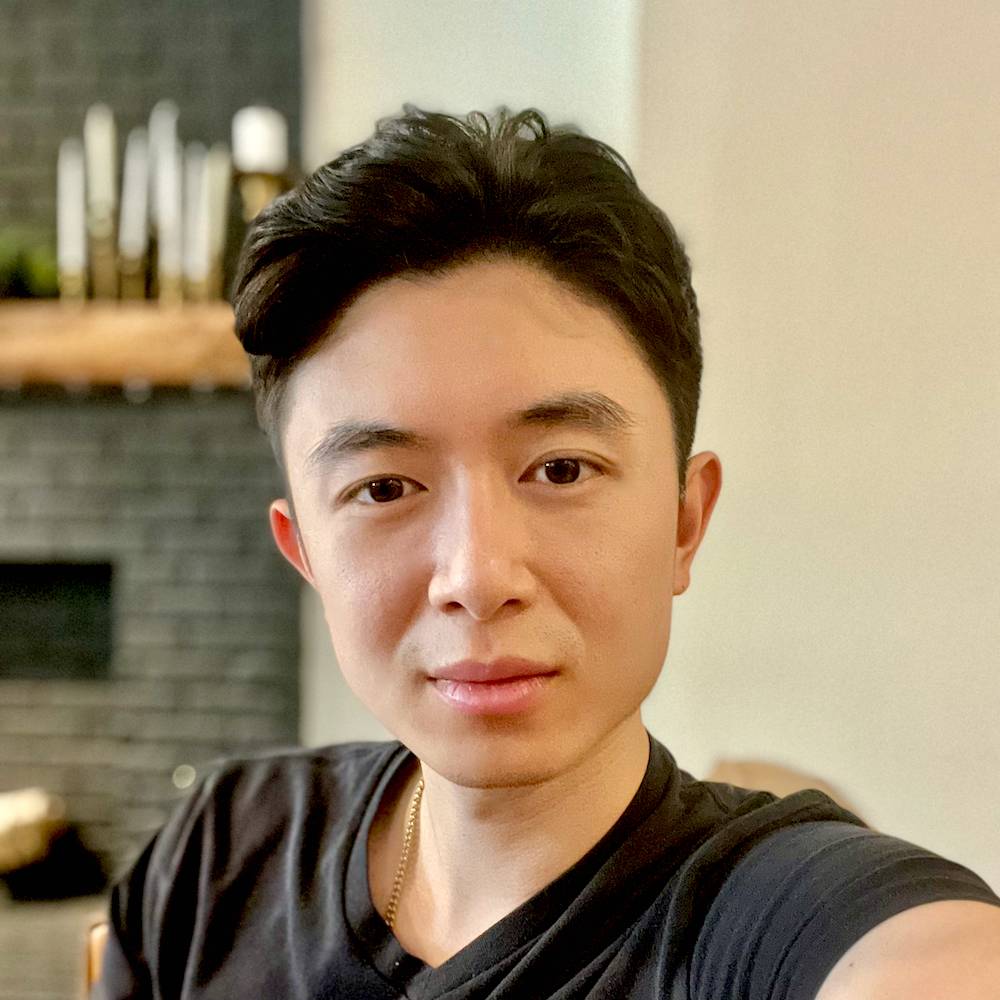My Term in the Land of Tall Blonde People
Published:
This fall, I did an exchange term at the Technical University of Denmark (DTU) in Lyngby, Denmark, just outside of Copenhagen. I lived outside the US for the first time in my life and visited cities in Europe that I had before only dreamed of seeing. It was the most incredible term I’ve had in college so far.
This blog post documents this term. It primarily serves as a record of my experiences and thoughts, but perhaps you may find them interesting or be inspired to spend time abroad.
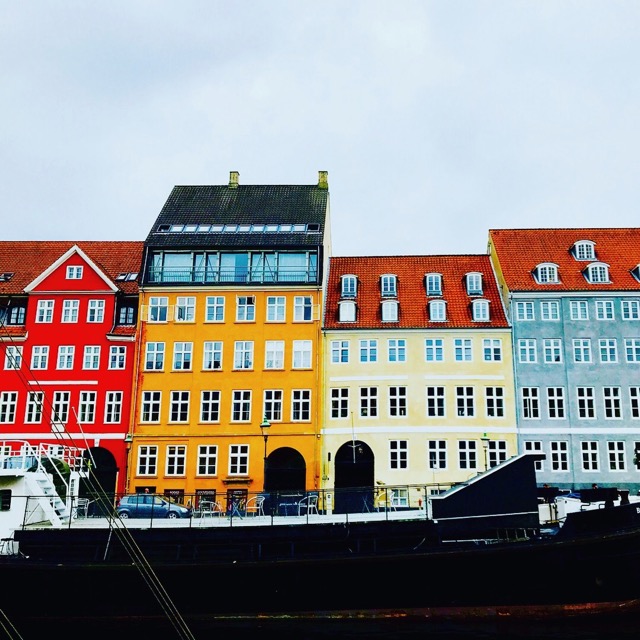

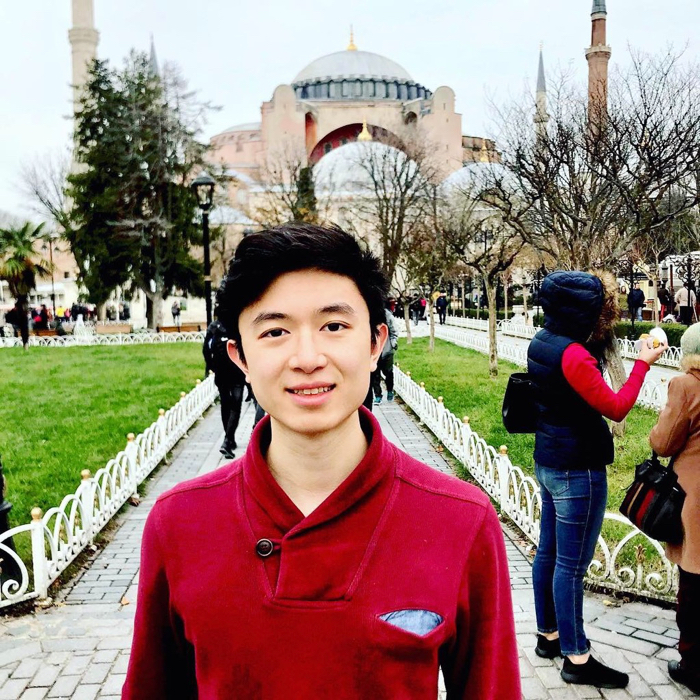 Left, Nyhavn; middle, my orientation group at school; right, me outside Hagia Sophia during my trip to Istanbul.
Left, Nyhavn; middle, my orientation group at school; right, me outside Hagia Sophia during my trip to Istanbul.
Denmark
About Denmark. Denmark is the southernmost scandinavian country with a population of 5.6 million. The national language is Danish, but almost everyone speaks good English. I noticed that many Danes are tall and blonde, and they tended to be polite and well-dressed. Denmark an extremely well-run country with wonderful people. If I had to live somewhere other than the US, I would probably pick Denmark. Some fast facts: Denmark as a country…
- is the 3rd happiest country.
- has the 5th lowest crime rate.
- has the lowest income inequality.
- has the second highest taxes.
- is considered the least corrupt country.
- has free healthcare and education (including college).
On that note, in my short time in Denmark, it didn’t feel that different from US in the grand scale of things.
Living. I lived in a single apartment in Linde Alle, a new apartment complex for international students studying at DTU. Although our building was drab and colorless, it was nice to have my own room and kitchenette. Eating out in Denmark was pricey (at least $20/meal), so I cooked beef pasta, chicken fried rice, pork chop, salmon with broccoli, turkey-egg sandwiches, fried potatoes, and sloppy joes. Groceries in Denmark were a bit cheaper than in the US.
Biking. Biking is really big in Denmark; half of the people in Copenhagen bike to work. There are bike lanes everywhere, and everyone at college bikes. I rented one from Copenhagen Bikes for 600 dkk ($95) for the semester. I lived about 5 km from campus, which was only a 20 minute bike ride, but I was not in very good shape so the first time biking to school I arrived exhausted and drenched in sweat. More countries should promote biking since it’s good exercise and environmental friendly, but biking is harder in places like the US where roads don’t usually have bike lanes.
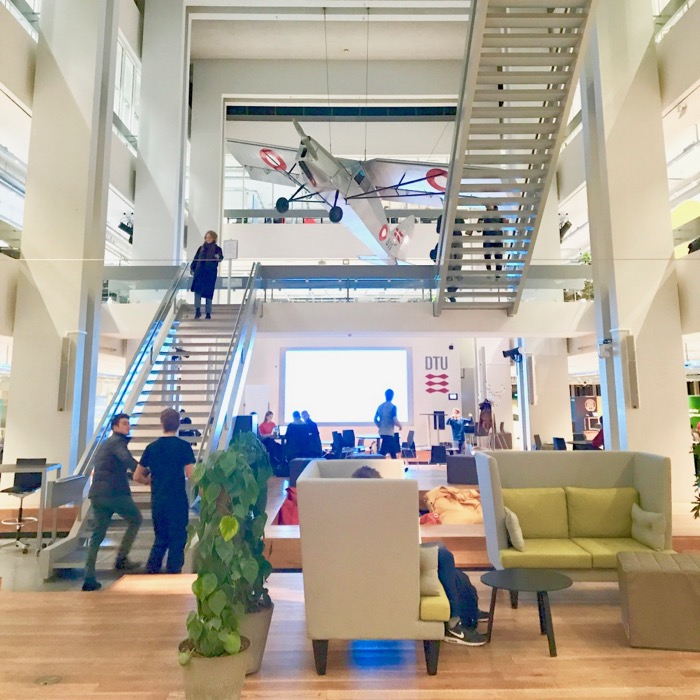
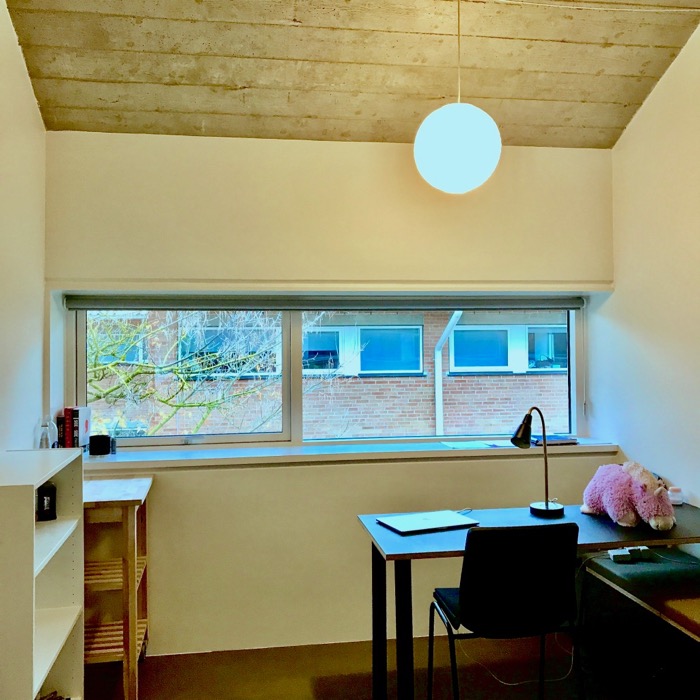
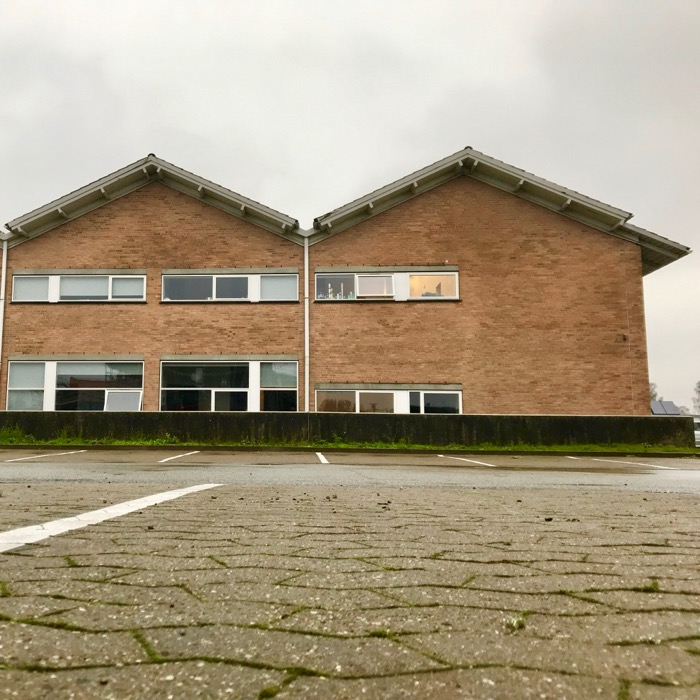 Left, the DTU library; middle, my room; right, Linde Alle apartment complex.
Left, the DTU library; middle, my room; right, Linde Alle apartment complex.
Culture. One thing I did notice was a subtle difference in Danish culture regarding values and careers, compared to American culture. The feeling I get back at home in the US is that many people are extremely ambitious and work really hard at their jobs. Success often means a prestigious job with a high salary. In Denmark, this feeling was not really there. People were maybe less focused on how much money they made or how successful their careers are, but instead they cared more about being good people with nice families and relationships. It’s hard to describe, but there’s definitely a big contrast between Denmark and say, a New York City vibe filled with bankers who want to prove themselves and make it big. I think this difference in culture correlates with the fact that scandinavian countries such as Finland, Norway, and Denmark have the highest rates of happiness and the lowest income inequality. I didn’t learn Danish, but some clues that I read online about Danish that hint at this is that Danes tend to say “we” when talking about a big accomplishment by a single person, and they have a word “hygge” which means a cozy feeling of togetherness. This culture differential is just my opinion based on my experiences, but it really helped me ask myself what makes me happy and I found it to be quite inspiring.
Universal healthcare. Mid-October, during the fall break, I was ill for a couple of days with tonsilitis. Denmark has universal health care, but whenever I called the doctor’s office, the automated responses were in Danish and no one worked on weekends, so for a while I had no idea how to go see a doctor. But 9:00AM the next Monday morning, I biked to the address assigned to me on my health insurance card, and I saw a doctor at 10:15AM shortly after. The general practicioner referred me to an ENT specialist nearby, whom I went to see right away. I was told I just needed antibiotic treatment, and on my way home I was able to pick up the medicine. For my first time seeking medical care outside my hometown, I’m glad that this process was easy and I got medicine just a couple of hours after asking to make an appointment. (Not to mention, the appointments were free.)
Copenhagen city. Copenhagen is a small city with great culture. I really liked Nyhavn, the port with colorful shops that you see on all the postcards of Copenhagen. There’s a small place about ten minutes from Nyhavn called Christiania, which is a progressive community that has its own rules, independent from the Danish government. Trade of cannibis is legal there, and the couple of times I went, there was a vibrant nightlife. My friend Sean came to visit me in early December and we had a good time at the The Blue Planet Aquarium. When my friend Jonas came to visit, we toured the Church of Our Saviour and visited the Ny Carlsberg Glyptotek art museum.
Møns Klint. When my friend Naren came to Copenhagen for the weekend, we went to Møns Klint, six kilometers of chalky cliffs in southeast Denmark near the Baltic Sea. We rented a car to make the 150km day trip, and it was great! Nothing crazy, but the weather was perfect and the cliffs were beautiful. After, we stopped by a dainty little town nearby called Klintholm Havn to watch the sunset.
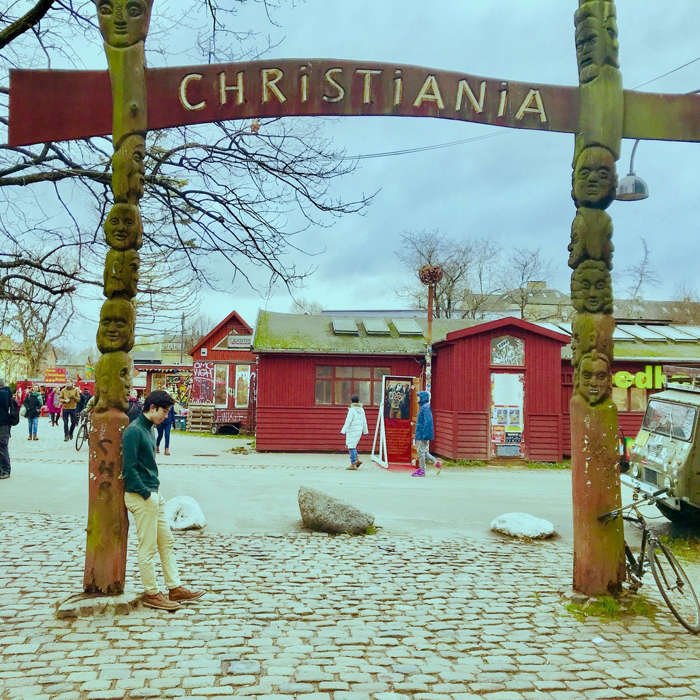
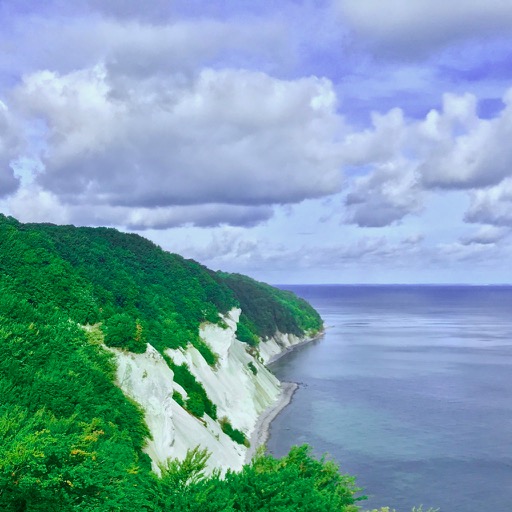
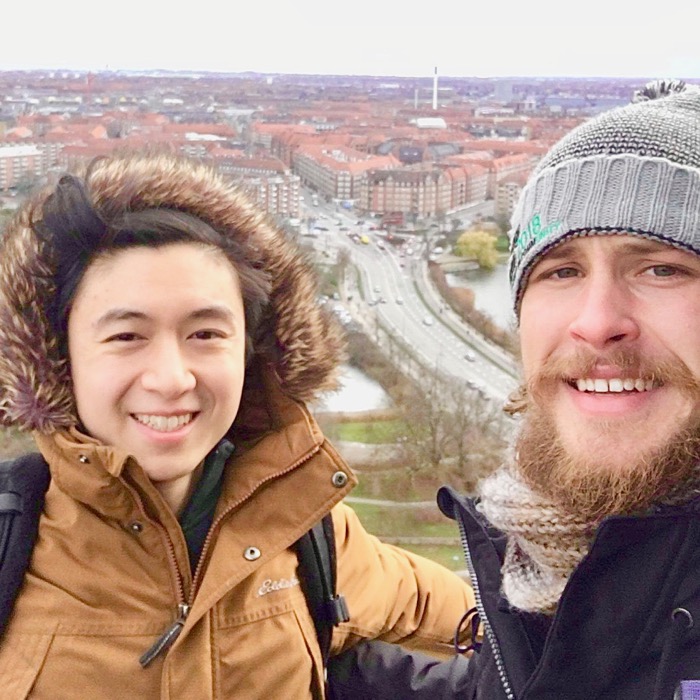 Left, Christiania; middle, the chalky cliffs of Møns Klint; right, me and Jonas at the Church of Our Saviour tower.
Left, Christiania; middle, the chalky cliffs of Møns Klint; right, me and Jonas at the Church of Our Saviour tower.
Classes
The Technical University of Denmark (DTU). As part of the exchange program, I took four classes: Deep Learning, Image Analysis, Algorithms, and Applied Cryptography. Studying at DTU made me to realize how much I appreciated being at a small liberal arts college like Dartmouth. The most immediate shock was how big the classes were. At Dartmouth, twenty students is a typical class size. At DTU, many of the classes I went to were held in auditoriums, and had over a hundred students. (Although apparently even this is small, as my Cornell friends say they have classes with over a thousand students). Because of these large class sizes, I got the feeling that professors approached class with the mindset of getting all students to learn some pre-determined course content, rather than guiding a group of individuals to learn how to think (wow, I’ve become a liberal arts brat). That being said, the content and teaching of some courses was quite good. I was impressed by the variety of projects offered by my Deep Learning class, and I really liked the lectures for my algorithms course.
Deep Learning Workshop @ Microsoft. I went to the Deep Learning Workshop by Microsoft at their Copenhagen office, which was recommended by my deep learning professor. I thought it was pretty good, but about half the people there had no experience and the other half had some experience, so the material covered was somewhere in between and ended up being not particularly helpful for either group. However, I did really enjoy a talk given by Akshay Pai, a PostDoc at the University of Copenhagen, on his research classifying brain CT images. A lot of the challenges in his work (namely, data collection and annotation) were exactly the same as the challenges I faced in my own research classifying lung adenocarcinoma images. I was glad to see so much interest in deep learning both at this workshop and at DTU, and I’m hoping that Dartmouth begins to catch up in this regard. (Yann LeCun actually gave a talk on campus in Hanover this fall, which I’m sad to have missed but happy to hear of!)
Activities
Research. I continued my research with Saeed Hassanpour as a junior research scholar. I did own project for celiac disease detection, and also worked with another lab member, Naofumi, on a end-to-end methodology for whole-slide classification. See our paper on arXiv. I also continued my work on sequence learning for narrative origin analysis in the Israeli-Palestinan conflict with Eugene Santos as a Neukom Scholar.
Protago Labs. I continued to work for Protago Labs, a small AI company I’ve been working at for more than a year now. I spent some time on topic-aware response generation for our chatbot, but didn’t make as much progress as I had hoped since I had so many things going on this term. I will, however, be spending more time with Protago this coming winter as our company’s interests shift towards research.
Travels
One of reasons I wanted to study abroad was so I could travel on weekends. I made a total of eight trips over the weekends and visited eleven countries. My adventures:
Zagreb (Sep 22-25)
A homey city. My first trip out of Denmark was to Zagreb, Croatia. As the cultural center and capital of Croatia, Zagreb was welcoming and comforting, especially for pedestrian tourists. Croatian food was delicious, and you could get a full meal at a restaurant for the equivalent of $5. Street shops sold croissants and cheesy bread for only 1 kuna ($0.15). My friend Prahlad and I stayed in two different family-run hotels that cost $70/night, and they were both within five minutes walking of the square, which is incredible for the price. Our flight back to Copenhagen got cancelled, so we got to stay in the five star Sheraton Zagreb. Zagreb is very much a rising Eastern European city that I would definitely recommend visiting.
Traffic at a national park. The second day, we went on an excursion to Plitvice Lakes National Park, is a beautiful park of lakes and waterfalls accessible by wooden walkways. There were multiple layers of lakes, and Prahlad and I had a nice three hour hike. However, the park was terribly crowded (lots of tourists from Korea), even though we went during the off-season.
Venice (Sep 29 - Oct 2)
Canals for days. The next weekend, Prahlad and I found cheap tickets for a short trip to Venice. The city was quite small but it was constantly alive with cafes and shops lining the streets and tourists everywhere. They exclusively used canals instead of roads; even the ambulance was a boat. We toured Doge’s Palace, which had grand chambers where all walls and ceilings were covered with beautiful murals. There wasn’t too much to do, but I would recommend seeing Venice (maybe just a day trip) for those who haven’t been, especially since it is slowly sinking.
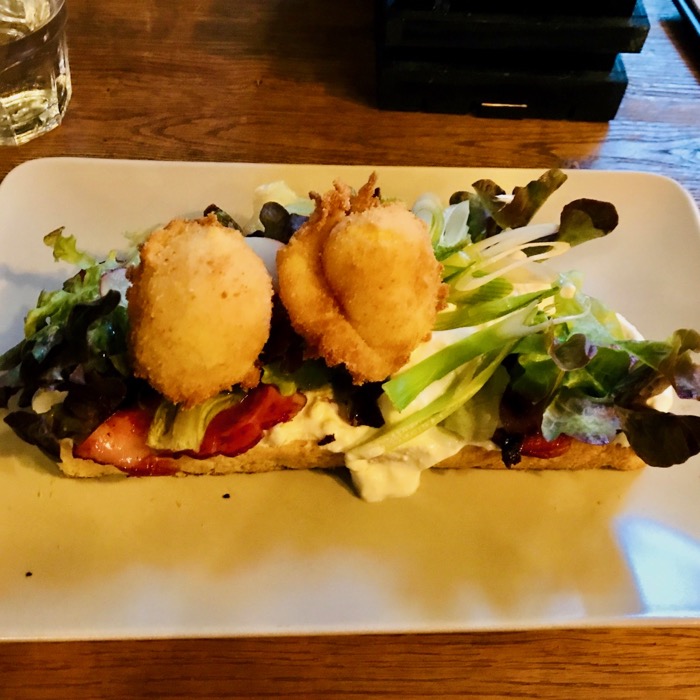
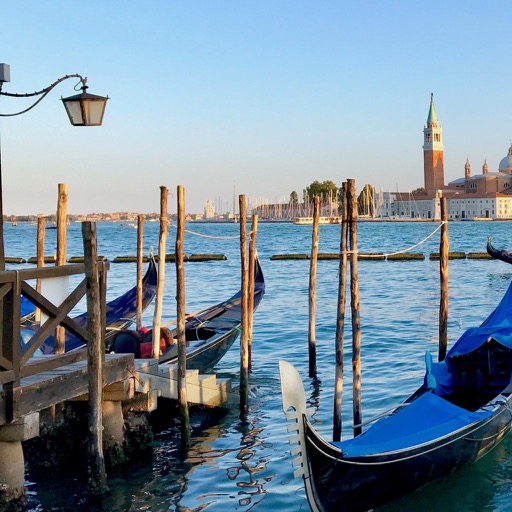
 Left, Croatian breakfast for which I forgot to write down the name; middle, Venetian gondolas; right, Rialto Bridge in Venice.
Left, Croatian breakfast for which I forgot to write down the name; middle, Venetian gondolas; right, Rialto Bridge in Venice.
Munich (Oct 5-8)
Getting “sloshed”. I went with Prahlad and another friend from Dartmouth, Naren, to Munich for a weekend. On the first day, we went to Oktoberfest, the world’s largest beer festival (apparently more than six million people attend every year). Oktoberfest was on a huge festival ground with twelve massive beer tents where Germans and tourists dressed in Lederhosen (men) and Dirndl (women) and got drunk. We all had a good time drinking German beer. Drinking seems to be a bigger part of European culture than American, as the drinking age in most European countries is 18 (sometimes 16 for beer). Since housing was so expensive due to the Oktoberfest, we stayed in a campsite hosted by Stoke Travel. It a chaotic party ground where everyone stayed in tents, and there was free beer and people partying at every hour of the night.
Things built by rich German kings. The second day, we went on a day tour to Linderhof Palace and Neuschwanstein Castle, each a couple of hours from the city by bus. Linderhof Palace, built by King Ludwig II, was not exceedingly large in size, but each room inside was luxuriously decorated with incredible detail and made me feel poor and insignificant. Neuschwanstein Castle was a beautiful castle in the middle of the mountains, with fantastic views on all sides. I wish I could have stayed for longer to appreciate the incredible view.
Amsterdam (Oct 26-29)
Why is everything legal? On the recommendation of my international friends at Dartmouth, I went to Amsterdam with Prahlad, Naren, and another friend, Sunny. Amsterdam is known for its red light district, and it was all that I had imagined. The streets were filled with shops selling cannibis, magic mushrooms, and other products. “Coffeeshops” in amsterdam did not sell coffee; they sold weed. It was an entirely new experience to be in a hyper-liberal city where drugs and prostitution was legal and accepted. We spent an afternoon at the Van Gogh museum. I saw Sunflowers and The Yellow House, as well as many of his self-portraits, though my favorite painting was Bedroom in Arles. It was odd that The Starry Night was not in this museum (it is actually in MoMA in New York, where I saw it a couple of years ago). We also toured the Heineken factory in Amsterdam, where we learned about how beer was made. I checked out Holland Casino, but since it was saturday night there was a long queue to get onto a No Limit Hold-em table, so I just watched for a little and then left.
A historic Dutch town. One short excursion that we made from Amsterdam was to Zaanse Schans, a historic town nearby with windmills and distinctive wooden houses. Though touristy, seeing the old windmills, dainty houses, and farming facilities made me feel like I was walking through a cozy 20th century Dutch town near the countryside where people made their own milk and cheese.
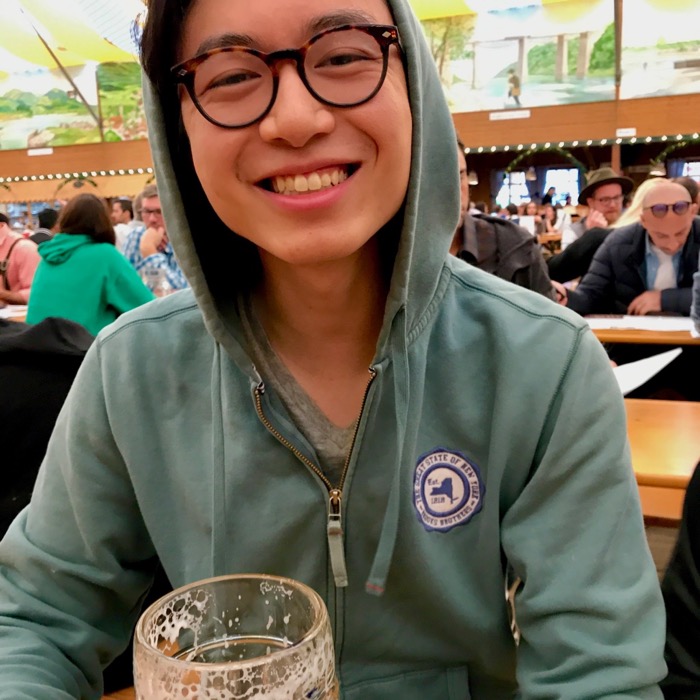
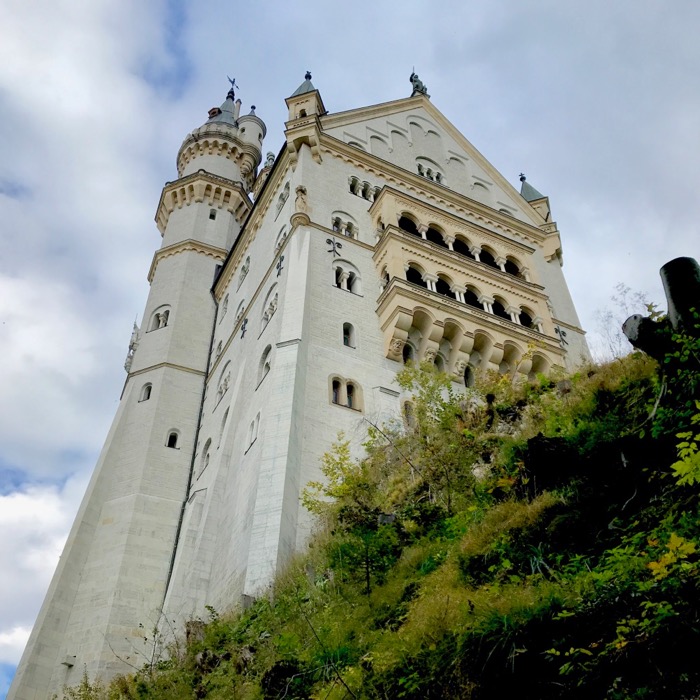
 Left, Oktoberfest; middle, Neushwanstein Castle; right, Zaanse Schans.
Left, Oktoberfest; middle, Neushwanstein Castle; right, Zaanse Schans.
Nice & Monte Carlo (Nov 9-12)
The beautiful shoreline. I went with my friends Devon and Jeffrey, both Dartmouth students studying abroad in the UK, to Nice, a coastal city in Southern France on the Mediterranean Sea. We went in early November, and although it was already cold in Copenhagen (~40F), it was actually quite warm in Nice (~65F). Along the coast of nice is the Promenade Des Anglais (Bay of Angels Boulevard), a beautiful walkway with restaurants and shops on one side and the rocky beach on the other. Nice is situated in an inlet, so you could see the entire length of the beach all the way to the airport. The palm trees and shoreline reminded me of Florida and Puerto Rico. There were lots of benches and chairs situated along the boulevard, and we probably spent a couple of hours total just sitting on the boulevard and admiring the view. Admiring the sunset in perfect weather without seeing miles of tourists was therapeudical. There’s just something magical about the beach at night.
Why is Monte Carlo empty? The first night, we took the train to Monte Carlo, Monaco, to explore the city and go to the Monte Carlo Casino. The city was filled with fancy cars and shops selling designer clothing, but it was odd that there weren’t many people around, even on a Friday night. It was almost deserted. I really liked the Monte Carlo casino however; it really felt like Casino Royale. The casino was a huge, ornately decorated building, and all the men were wearing suits and all the women were wearing dresses. It reminded me of high school dances. Unfortunately, there was no texas hold-em (they only had ultimate), so we ended up just playing some low stake games at the slot machines and relaxing on one of the balconies overlooking the city. There was an area of private rooms where the minimum bet was $500, but I’m not quite rich enough yet to be a part of that.
An exceptional dinner. I rarely talk about food, but on the second night we had an exceptional dinner at Le Démodé, a dainty old-fashioned French restaurant in Old Town Nice. I had veal with rice, carrots, and arugula salad. The veal was so tender that I could cut it with a fork, and the entire meal just melted in my mouth. So good.
My first poker tournament. The last night, I signed up for a No Limit Hold’em tournament at Casino Barrière de Nice, which was just a few blocks from our airbnb. Buy in was 65 euros plus 15 euros for the registration fee. I really enjoyed my first time playing poker at a casino. I had only played before with friends, but had watched some youtube tutorials in my free time after being inspired by the movie Rounders, so I had learned the basics and wanted to see if I was any good. I played pretty conservatively for the most part. One hand I went all in on A-K-T with AK, got called by AJ, and won. A while later, I raised pre-flop with pocket kings, got two callers, and re-raised all in on an A-J-J flop. I lost to J-10 and was knocked out of the tournament. In hindsight, I probably should have folded, since there were two callers pre-flop so an ace or jack was very likely in their ranges. Even though I didn’t win, I still had a good time gambling with a bunch of old Frenchmen. My heart raced whenever I raised or went all in, and I felt like I could play for hours without wanting to stop. The casino had no windows and created a very intentional atmosphere, trapping me in an underground world where I could escape from reality and live purely in the current moment.
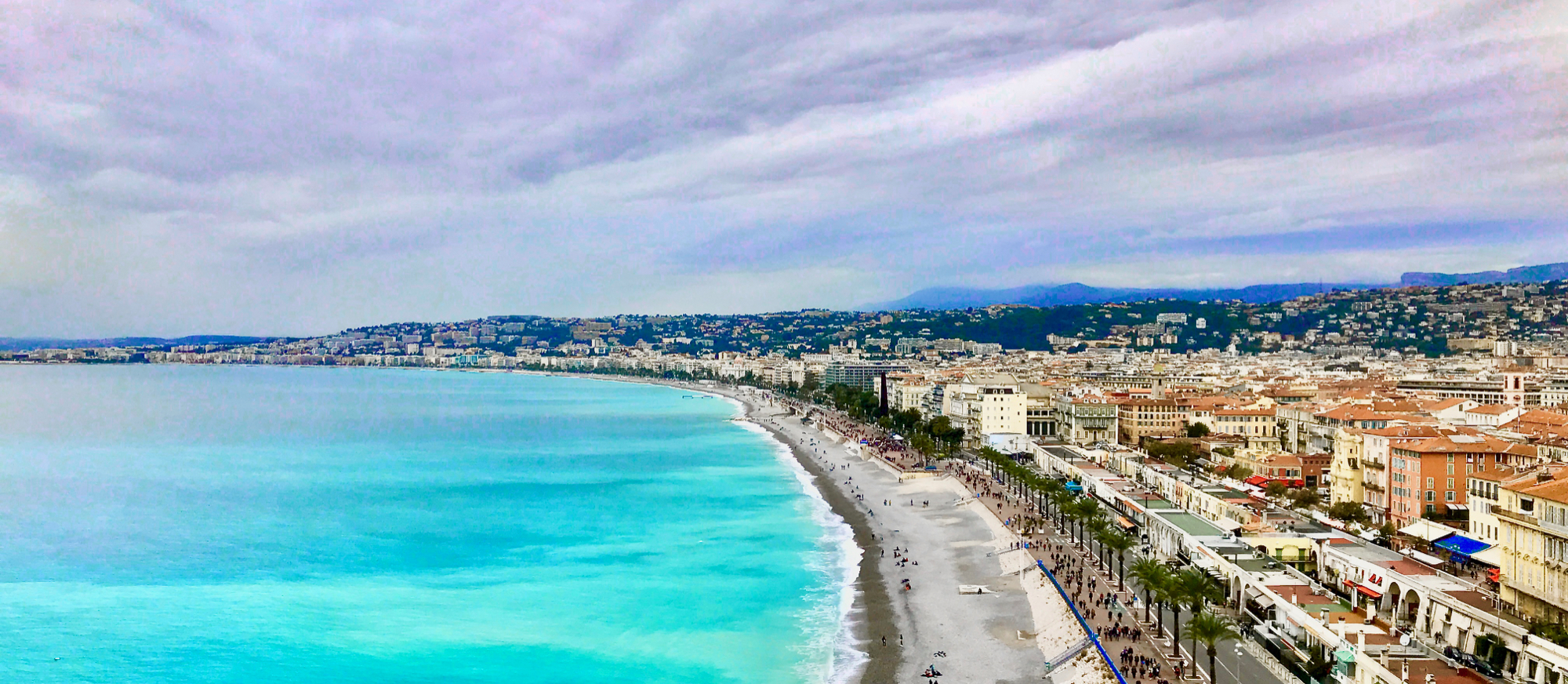 The view of Promenade Des Anglais from Château de Nice, a military fort on the coast of Nice.
The view of Promenade Des Anglais from Château de Nice, a military fort on the coast of Nice.
London (Nov 26-28)
Pretending I’m in Sherlock because everyone has a British accent. I went to London for a short weekend to visit Devon, who was studying abroad there for the term. Before arriving, I had no idea how big of a city London actually was. I visited the Sherlock Museum on 221B Baker Street, as well as 187 North Gower Street, where the Sherlock BBC series was actually filmed. I also went to the British Museum with Devon and my friend Hyemin, where we saw the Rosetta Stone, ancient Egyptian mummies, and parts of the Parthenon. It was like walking through a textbook. I also played a 1-1 cash game at The Poker Room at Victoria’s Casino. I think I only won four hands in total: I took down two hands where I hit an ace on the flop with A-10, a two pair of fives and deuces that I hit on the flop and slow-played, and pocket nines that were checked all the way. Otherwise, I played pretty conservatively and ended the night up 10 pounds on a 50 pound buy-in.
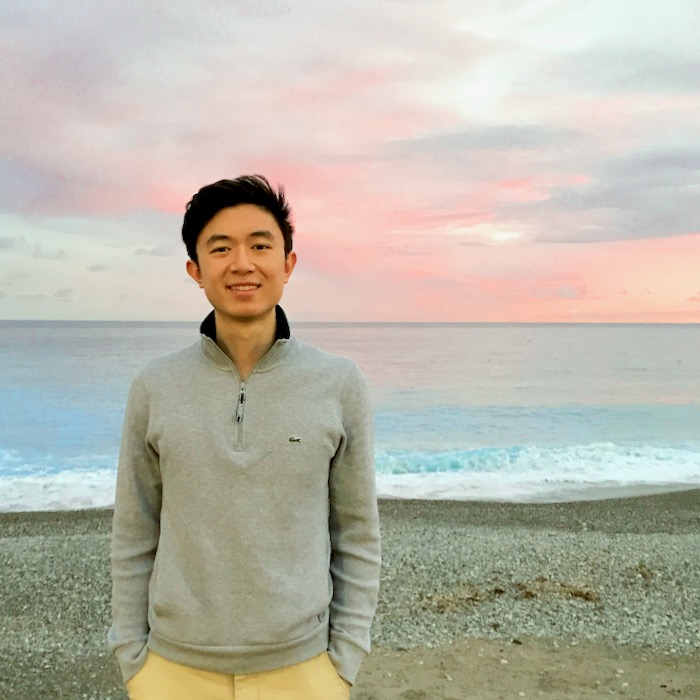
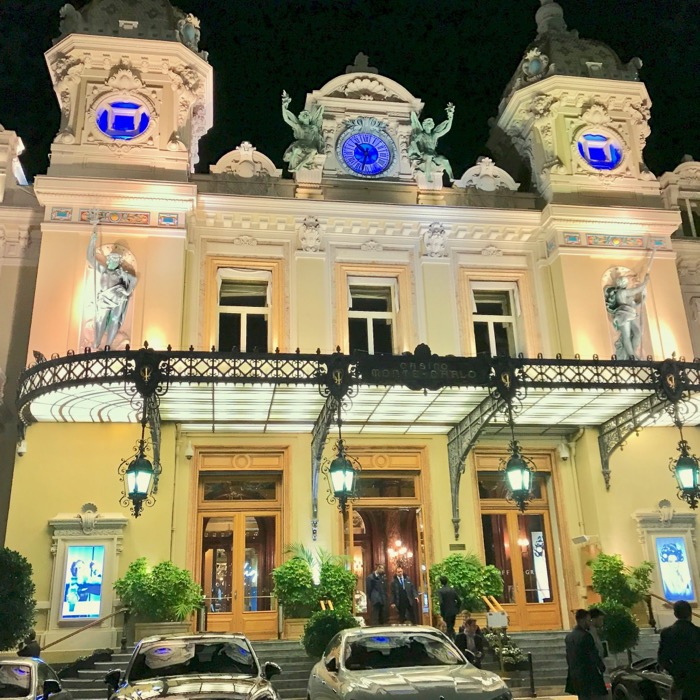
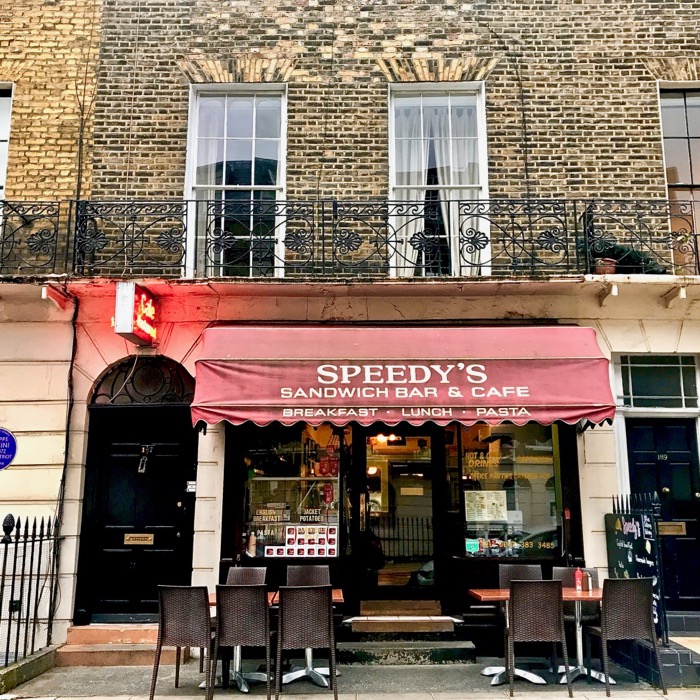 Left, the beach at Nice; middle, Monte Carlo Casino; right, if you’ve seen the Sherlock series from BBC then you know what this is.
Left, the beach at Nice; middle, Monte Carlo Casino; right, if you’ve seen the Sherlock series from BBC then you know what this is.
Istanbul (Nov 30 - Dec 3)
This city never sleeps. Devon and I went with Naren to visit our friend Orkan, a Tri-Kap brother, at his home in Istanbul. Istanbul was a crazy experience. We visited the Hagia Sophia, the Blue Mosque, the Grand Bazaar, and took a boat tour of the Bosphorus straight. I really enjoyed Orkan’s family’s hospitality and traditional Turkish food. Orkan’s parents treated us to a great dinner that we were at for almost six hours, with Turkish delicacies such as sheep brain, as well as rakı (a popular Turkish drink). One night, we stayed up until 7am in the morning hanging out at a hookah bar. What’s crazy was that even at that hour, most restaurants in the area were half-full with people partying, and the streets had a decent amount of people walking around. Istanbul never sleeps, for real.
Mistakes. One thing I will mention is that I was overcharged by a taxi driver from the airport to my airbnb. I was pretty scared the whole ride since he was driving like a madman (car accident trauma credits to my boy Kevin), my phone had no service, and I couldn’t speak the language. It also didn’t help that he went the wrong way down a one-way street and then proceeded to give the traffic cop a “tip”. So when he asked for 100 USD, I gave it to him and got the hell out of the car. Big mistake. Not only did I lose a crisp hundred dollar bill, but I also earned the pleasure of receiving a twenty minute lecture/roast session from each of Orkan’s relatives. Lesson learned.
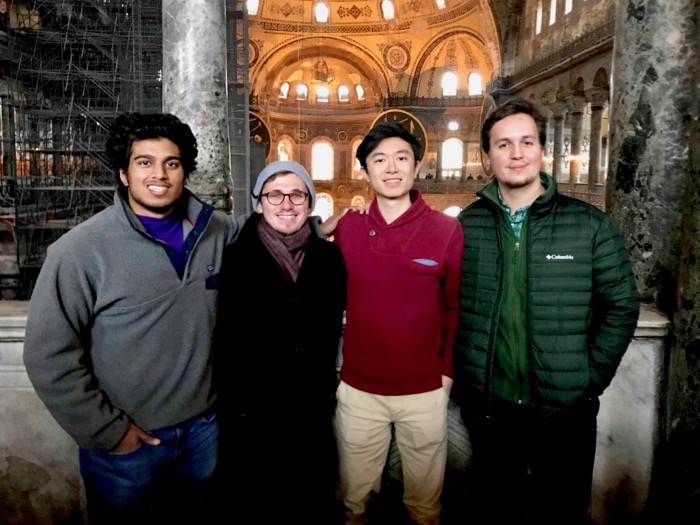
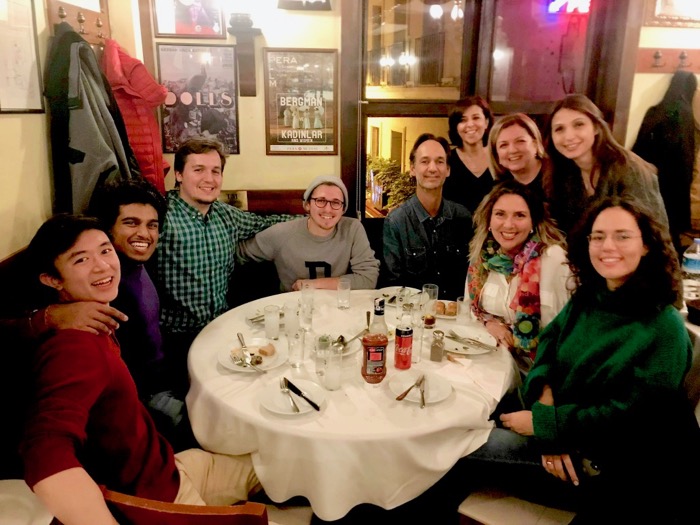 Left, Naren, Devon, Me, and Orkan at the Hagia Sophia; right, dinner with Orkan’s family.
Left, Naren, Devon, Me, and Orkan at the Hagia Sophia; right, dinner with Orkan’s family.
Lithuania (Dec 3-6)
A magical place. After Istanbul, I went to Lithuania to visit Jonas. Our friend Sri also came, and we had a nice ten-mile hike down Neringa, where we saw the Nida sand dunes and walked through the cleanest forest I’ve ever been in. The next day, we took the train to Vilnius, where I thoroughly enjoyed the old town and the view from the Hill of Three Crosses. We went to a couple of museums, but my favorite part was the Christmas market, which felt magical. Jonas’ mother cooks incredible food, and I thank his family for their hospitality.

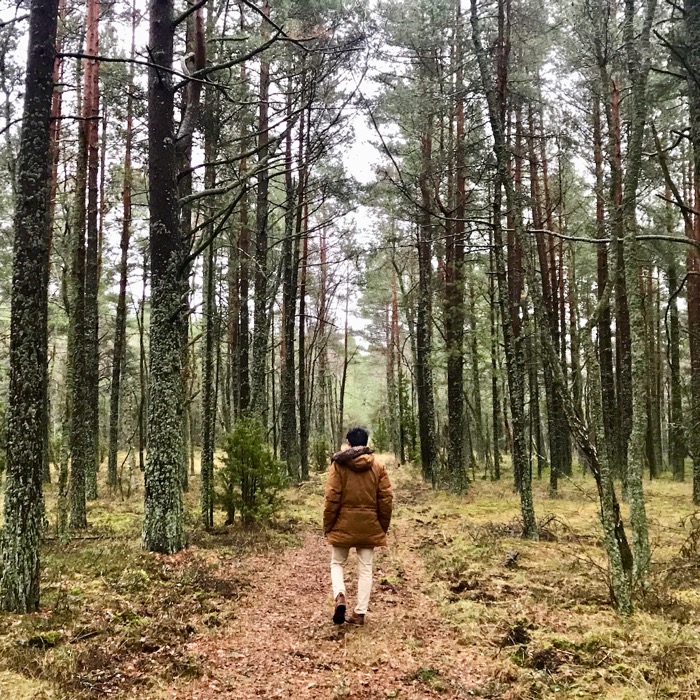
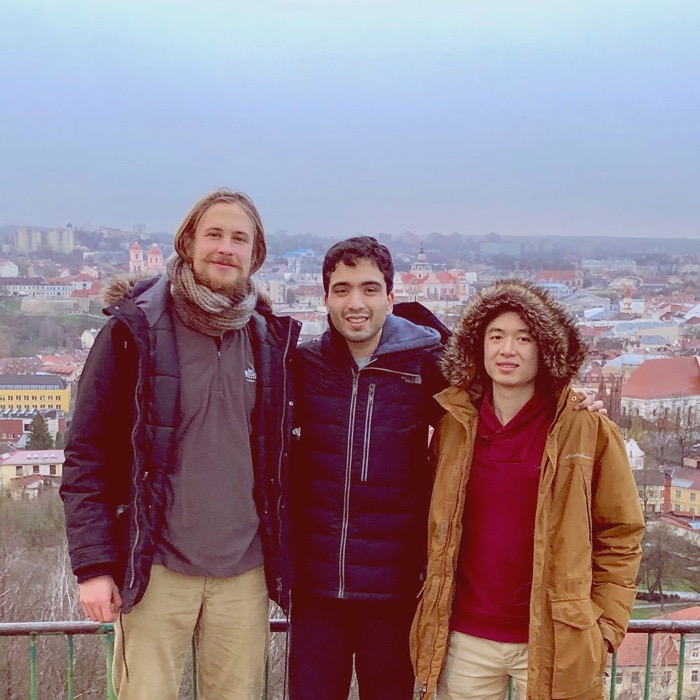 Left, Nida sand dunes; middle, Neringa forest; right, Jonas, Sri, and I at the Hill of Three Crosses at Vilnius.
Left, Nida sand dunes; middle, Neringa forest; right, Jonas, Sri, and I at the Hill of Three Crosses at Vilnius.
Reading
Side by Side. I first learned of this book from a Middle East History class that I took last winter. It’s a dual narrative of the Israel-Palestine conflict, with stories from Israelis and Palestinians placed side by side. It was fascinating to see how the same event could be portrayed so differently depending on who wrote it. This book was used as data in my research with Prof. Santos.
Start with Why. I actually listened to this book in the form of an audiobook, after enjoying Simon Sinek’s TED talk. In the book, Sinek argues that the best way to influence human behavior is through inspiration, not manipulation. He cited Apple a lot, which he argues is successful because of their mission to democratize technology, not because their products are particularly spectacular. “People don’t buy what you do, they buy why you do it.” (Explains why I own Tesla stock, hm.) This book was a good reminder to always keep in mind why I do work: I believe that artificial intelligence can make our lives better and easier.
Firestarter. I bought a copy of this Steven King book for three euros at a used bookstore in Nice. It’s a novel about a girl with pyrokinesis and how the government would respond to discovering a girl with such a power. I really liked how King seemlessly infuses the plot with intruiging insights into human behavior. At this point I feel like one of the best ways to get better at writing is to read Steven King.
The Girl with the Dragon Tattoo Series. I read The Girl in the Spider’s Web by David Lagercrantz on the flight/layover to Zagreb. For those familiar with the book, I found Camilla to be an incredibly fascinating character. Apparently they’re making a movie based on the book, but from the trailers it doesn’t seem to follow the book closely. I also read the sequel, The Girl Who Takes an Eye for an Eye, the next weekend. I was elated to see that Lisbeth (the protagonist) started doing deep learning for human pose detection, although I felt that it didn’t really fit well or have an important role in the plot. After finishing the Millenium series, I will admit that I am a bit sad that there will be no more books.
Closing
Being so far from my previous life helped me reflect on it from a new perspective. Writing this on my last day here, I am swept by a wave of emotion that I would be leaving this life that I had finally gotten used to and really enjoyed, and going back to my old one. I had been adamant about doing a study abroad program since freshman year because so many alumni told me that studying abroad was the highlight and those who didn’t said that they regretted it. I would really recommend studying abroad to anyone who has the chance to.
Merry christmas from Vilnius!
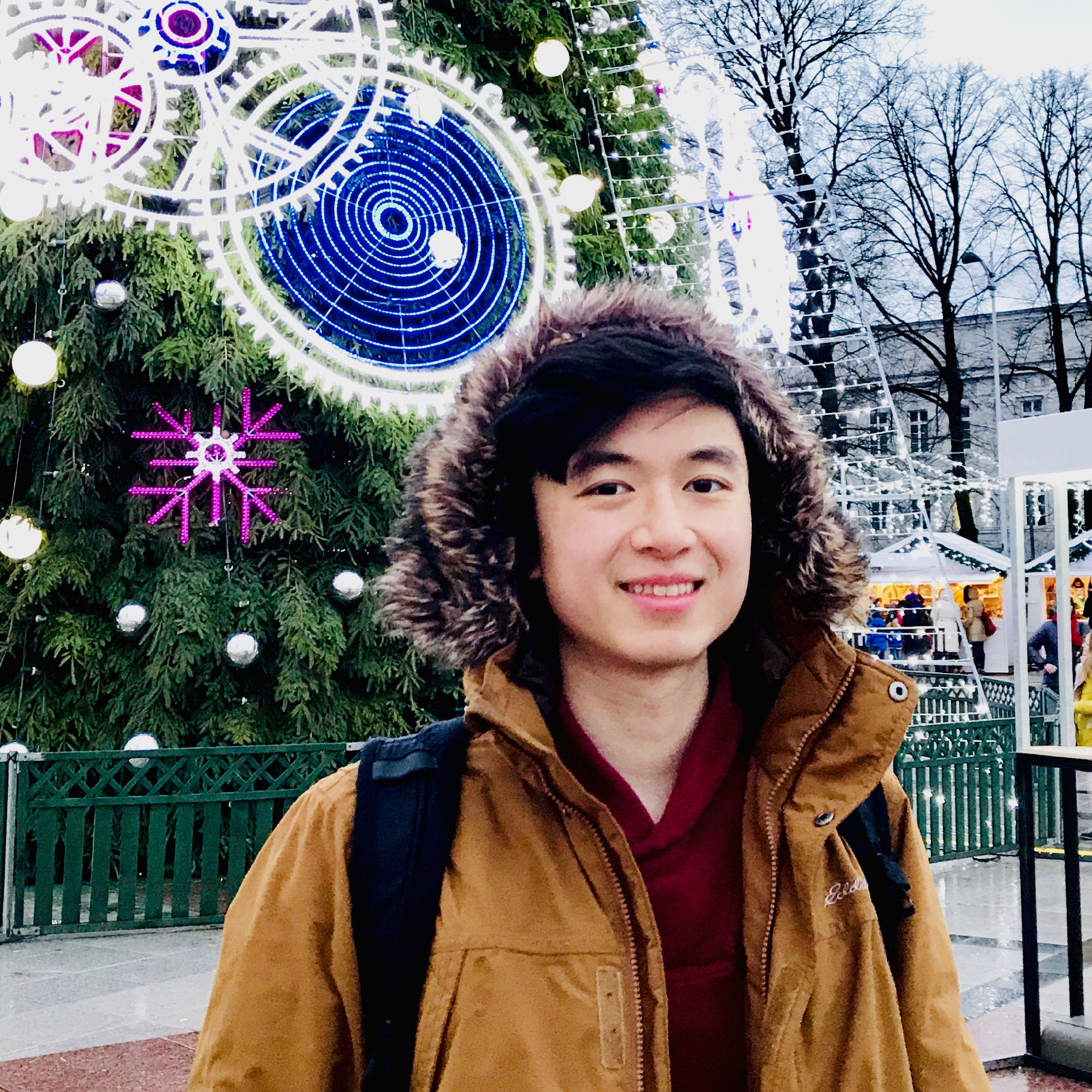
Step off the treadmill that has been put before you. -Andrej Karpathy
